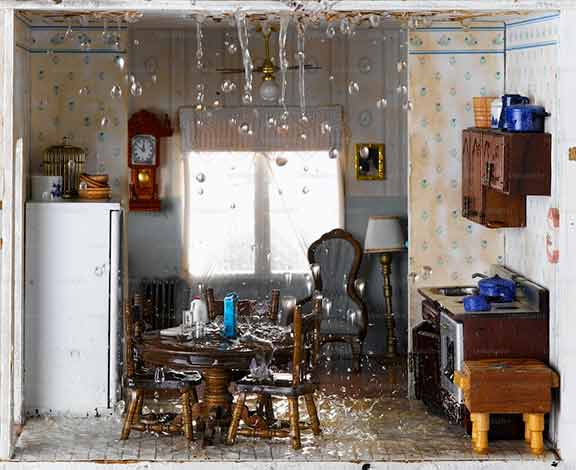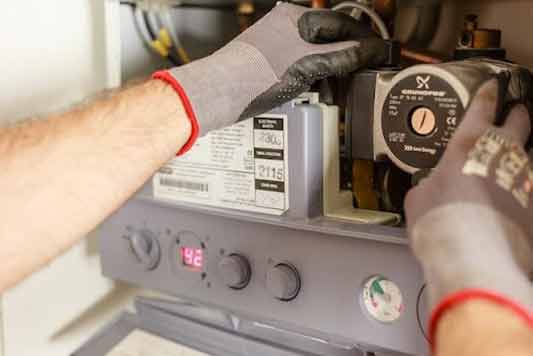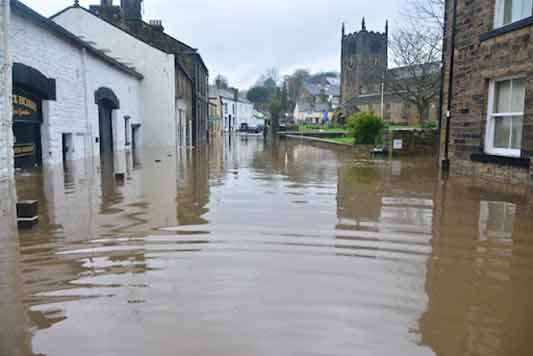Floods may happen anywhere at any time, regardless of the season. In winter, ice dams can cause water levels in rivers to rise. Snow melt and heavy rains may also cause spring flooding. In summer and fall, diverse extreme weather events will often lead to flooding.
While it is true that homes in flood-prone areas are more at risk, Ardent Trust Property Management warns flooding can also happen to homes outside these zones. Environmental problems caused by climate change, agriculture and urbanization are the reasons we are seeing floods in places where they didn’t used to happen.
To protect your home from flooding, you must have the proper information. What is your home’s flood risk level? How can you keep the house from being flooded? What can you do to minimize the damage if your home is flooded?
Does your home have a flood risk?
To know your home’s flood risk, you want to check the area’s flood map and evaluate your home’s ability to withstand a flood. The information you derive from these steps will give you an idea of the types of renovations or protective measures to undertake.
The most easily accessible flood map is the FEMA Flood Map Service Center (MSC). It is actively maintained and updated by the Federal Emergency Management Agency (FEMA). Inside this map, you will find the FEMA Designated Flood Hazard Areas.
Based on data from the map, Florida – at 39.09% – is the state with the highest flood risk, followed by Louisiana at 29.74%, while Mississippi places third at 25.59%. The US states with the lowest food risk are Alaska at 0.08%, Idaho at 0.76%, and Hawaii at 0.94%.
But just because a state is designated as having a low or high flood risk does not mean that every home in that state is risk-free or at risk. It depends on the home’s location within the state. A house in a low flood-risk state may have a high flood risk if it is located in a flood-prone area.
Areas within each state are further divided into flood zones that are color-coded to show their risk level. Blue zones have a 1% chance of flooding. Orange zones have a 2% chance of flooding. Yellow zones have undetermined flood risk. Red zones are special flood hazard areas.

Applying coatings and sealants on the foundation, exterior walls, windows, and small openings in the building will prevent water from seeping into cracks.
How to prevent flooding in your home or reduce the impact of floods
Especially if there have been recent floods in your area, you should consider measures to protect your home from future floods. If it is impossible to completely stop flooding in your home, you will want to take steps to reduce the amount of damage a flood can do to your house.
The following steps will help you prevent flooding or reduce flood damage:
Grade your yard properly
To ensure that surface runoff flows away from your house and toward the street instead of in the direction of your building, your yard must have the proper slope.
Point downspouts in the right direction
Downspouts should not only be pointing in the right direction, they should be discharging at an appropriate distance from the house.
Erect barriers or floodwalls
This can be a berm or concrete wall created to hold back floodwater and keep it from reaching the home. Barriers should be built far from the building and should not interfere with drainage.
A robust sump pump system
To prevent basement flooding, the sump basin should be properly sized, the capacity of the sump pump should be adequate for the home’s needs, and a battery-powered backup system should be installed.
Think of wet flood-proofing the house
Depending on its structure, the home can be altered to let water flow in and out of the building without damaging it. There are different methods for doing this.
Apply coatings and sealants
Applying coatings and sealants on the foundation, exterior walls, windows, and small openings in the building will prevent water from seeping into cracks.
Elevate electrical components
For homes in areas with a high risk of flooding, it may be necessary to raise the home’s electrical components – sockets, circuit breakers, etc. – above predicted flood levels.

Along with the electrical components, utility systems – furnaces, electric/gas meters, etc. – may also be elevated to ensure they can still function during a flood.
Elevate the utilities
Along with the electrical components, utility systems – furnaces, electric/gas meters, etc. – may also be elevated to ensure they can still function during a flood.
Flood-proof the utilities
As an alternative to elevating them, the utilities can be made flood-proof. Typically, this is done by placing the equipment behind walls or a watertight enclosure.
Use flood-damage-resistant materials
This involves using materials such as non-paper-faced gypsum board and terrazzo tile flooring in the building to reduce flood damage and the cost of post-flood cleanup.
Finally, when planning flood prevention or flood-mitigation measures for your home, it is not a good idea to do it yourself. An expert can save you a lot of money via their ability to see problems and solutions that you may never consider.
